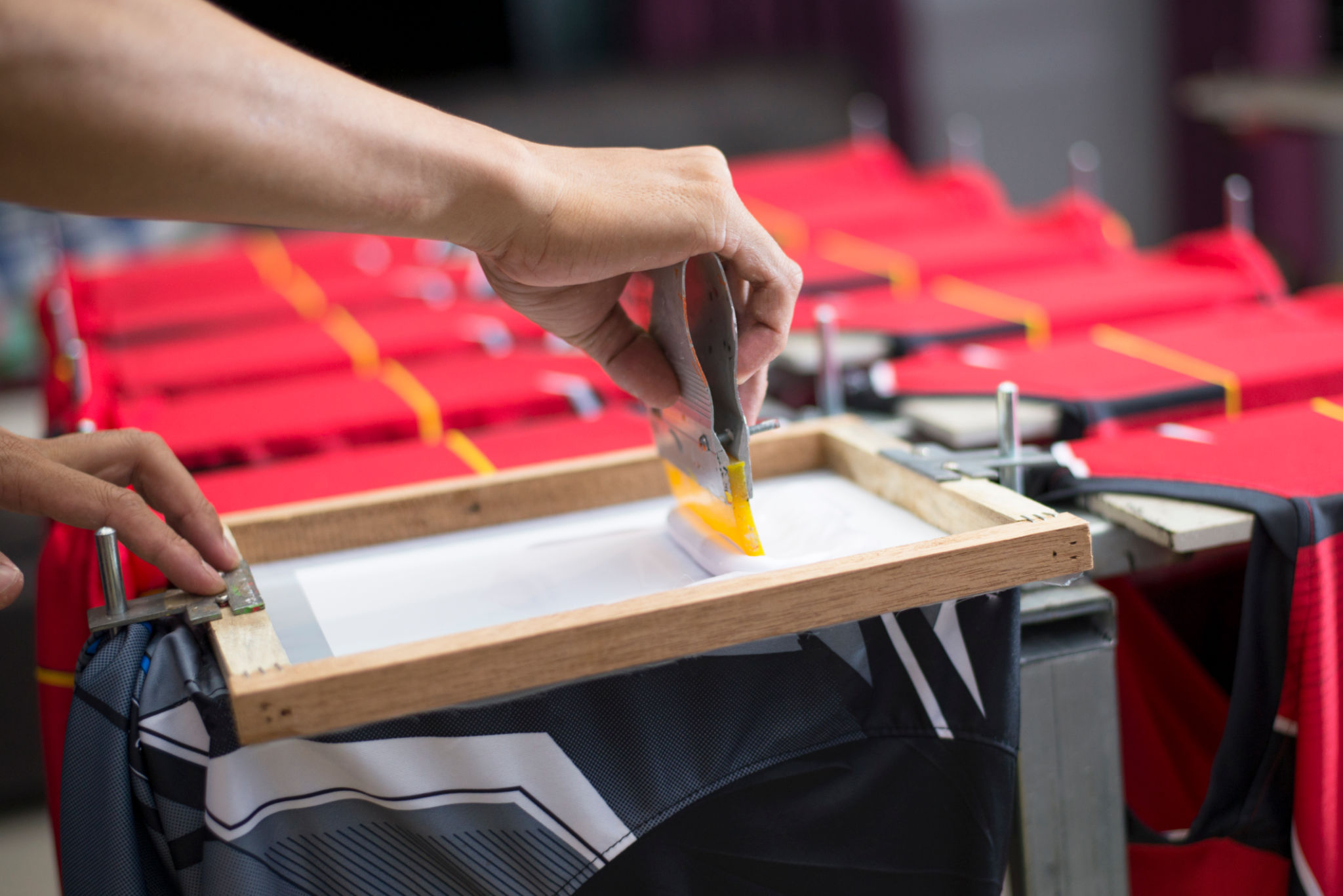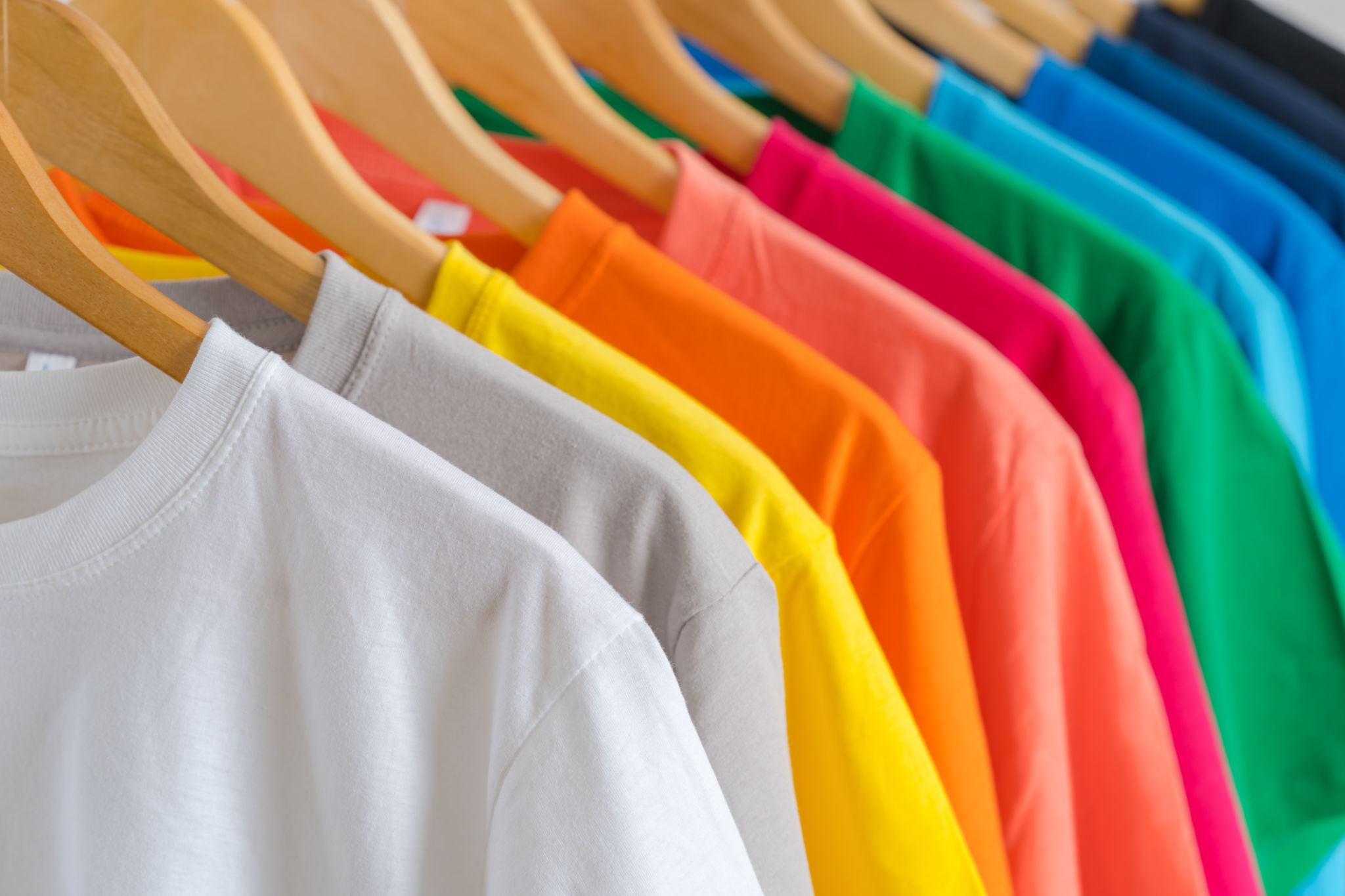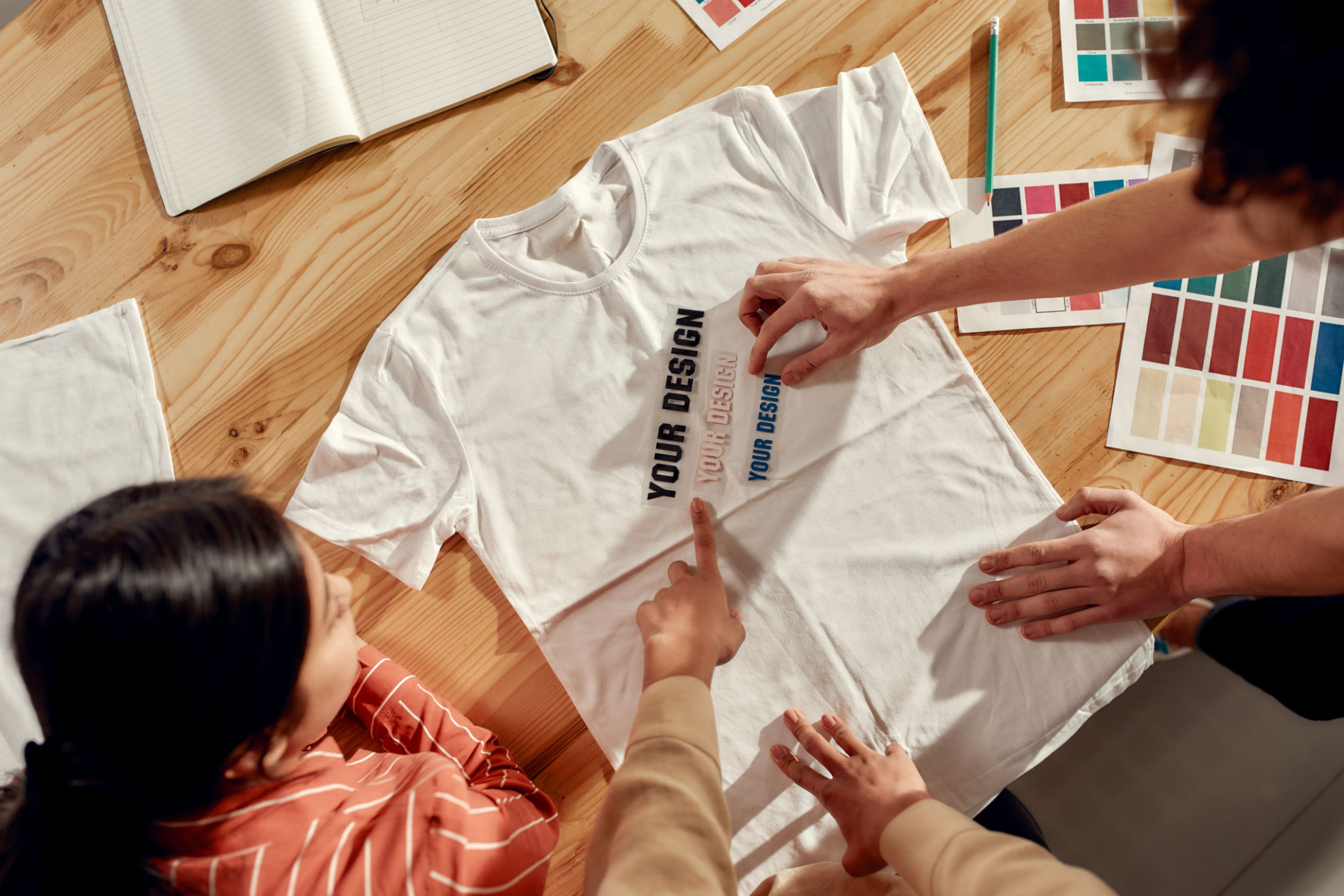Frequently Asked Questions About Custom Shirt Screen Printing
What is Custom Shirt Screen Printing?
Custom shirt screen printing is a popular method of transferring designs onto fabric, frequently used for t-shirts. This technique involves pressing ink through a stenciled mesh screen to create a printed design. It's favored for its durability and vibrant color output.
The process has been a staple in the garment industry due to its ability to produce high-quality prints efficiently, making it ideal for bulk orders. Businesses, sports teams, and individuals often choose screen printing for its cost-effectiveness and long-lasting results.

How Does the Screen Printing Process Work?
The screen printing process begins with creating a stencil, known as a screen, which is then positioned over the fabric. Ink is poured onto the screen and spread evenly using a squeegee. The areas not covered by the stencil allow ink to pass through, forming the design on the fabric.
Typically, each color in the design requires a separate screen, making it a more suitable option for designs with limited colors. After printing, the fabric is cured under heat to ensure the ink sets properly, providing a durable finish.
What Are the Benefits of Screen Printing?
Screen printing offers several advantages. One of the most significant benefits is its ability to produce vibrant and opaque colors that stand out on both light and dark fabrics. The prints are also highly durable, resistant to fading and cracking over time.

Moreover, screen printing is cost-effective for large orders, as the setup cost is spread across many items. This makes it an excellent choice for businesses looking to print promotional items or uniforms in bulk.
What Types of Fabrics Are Best for Screen Printing?
While screen printing can be applied to various fabrics, some materials yield better results than others. Cotton is the most common choice due to its absorbency and ability to hold ink well. Polyester and blends are also popular, although they may require special inks or treatments to ensure optimal print quality.
It's important to consider the fabric type when planning your design, as some textures or coatings might affect the final print quality. Consulting with your printer can help determine the best fabric for your specific needs.
What Should I Consider When Designing for Screen Printing?
When designing for screen printing, simplicity is key. Designs with fewer colors and less intricate details are more cost-effective and easier to reproduce accurately. The resolution should be high enough to ensure crisp lines and clear images.

Additionally, consider the size and placement of your design on the shirt. It’s essential to envision how the design will look when worn, ensuring it complements the garment's fit and style.
How Long Does the Screen Printing Process Take?
The turnaround time for screen printing depends on various factors, including order size, design complexity, and printer workload. Generally, you can expect a timeline of one to two weeks from design approval to finished product.
For urgent orders, many printers offer rush services at an additional cost. It's always best to communicate your deadlines upfront to ensure timely delivery without compromising quality.
How Can I Ensure High-Quality Prints?
To achieve high-quality prints, it's crucial to select a reputable printer with experience in screen printing. Review samples of their previous work to assess their proficiency and attention to detail.

Providing your printer with high-resolution artwork and clear instructions regarding placement and color specifications will also contribute to a successful outcome. Regular communication during the process can help address any potential issues early on.
Are There Environmental Considerations?
Screen printing can have environmental impacts due to the use of inks and cleaning agents. However, many printers now offer eco-friendly options such as water-based inks and sustainable materials. Inquiring about these alternatives can help reduce your environmental footprint.
Choosing a printer committed to sustainable practices ensures that your custom shirts are produced responsibly, aligning with environmentally conscious values.